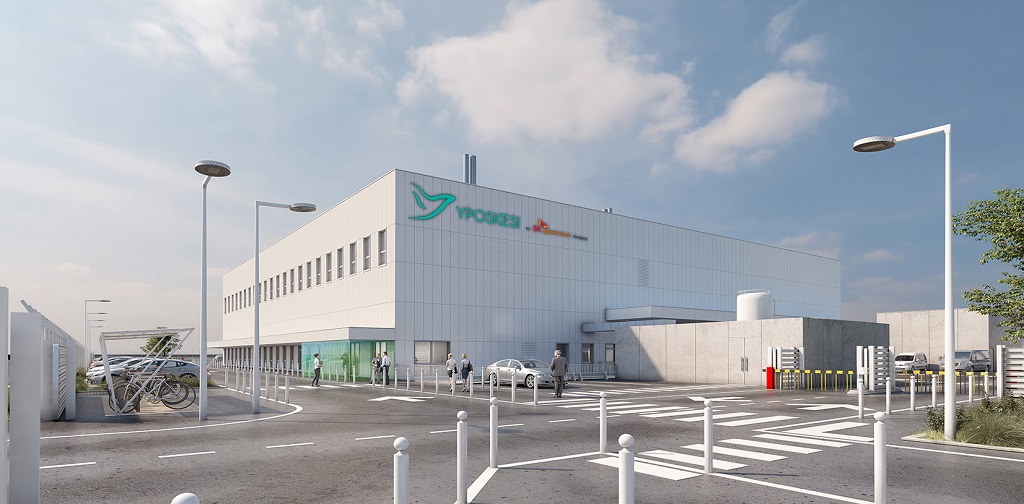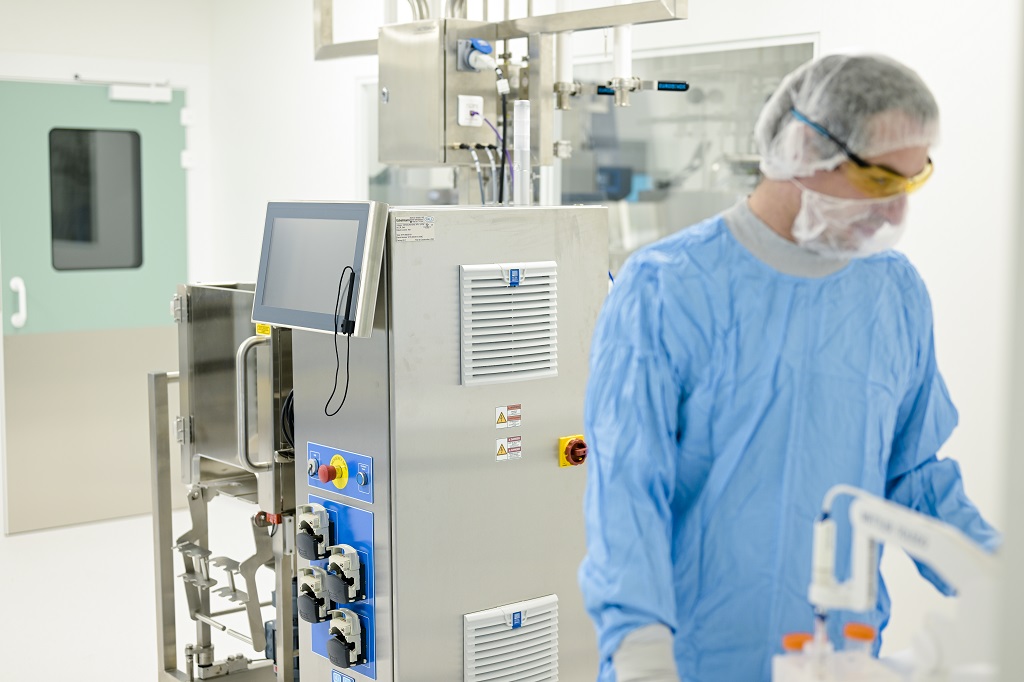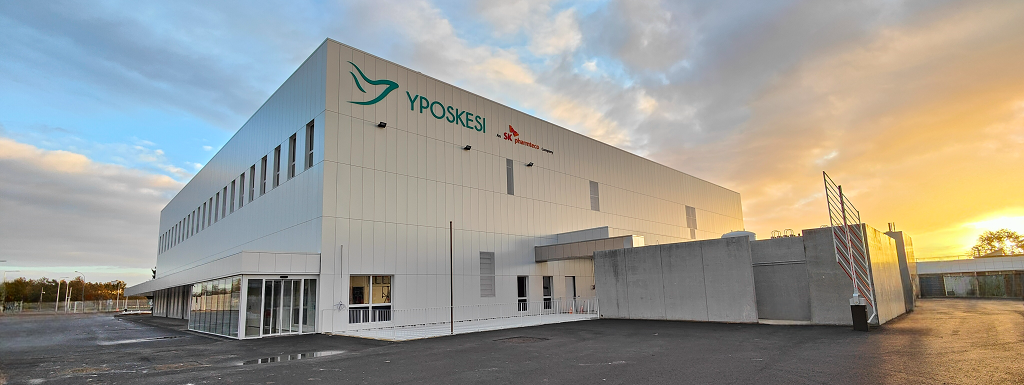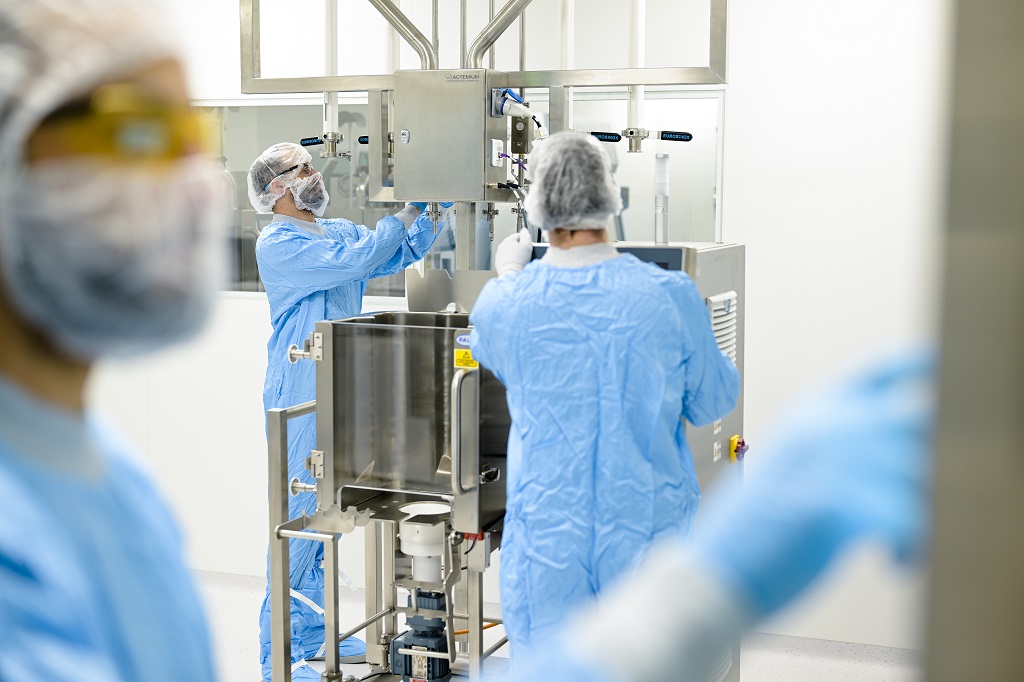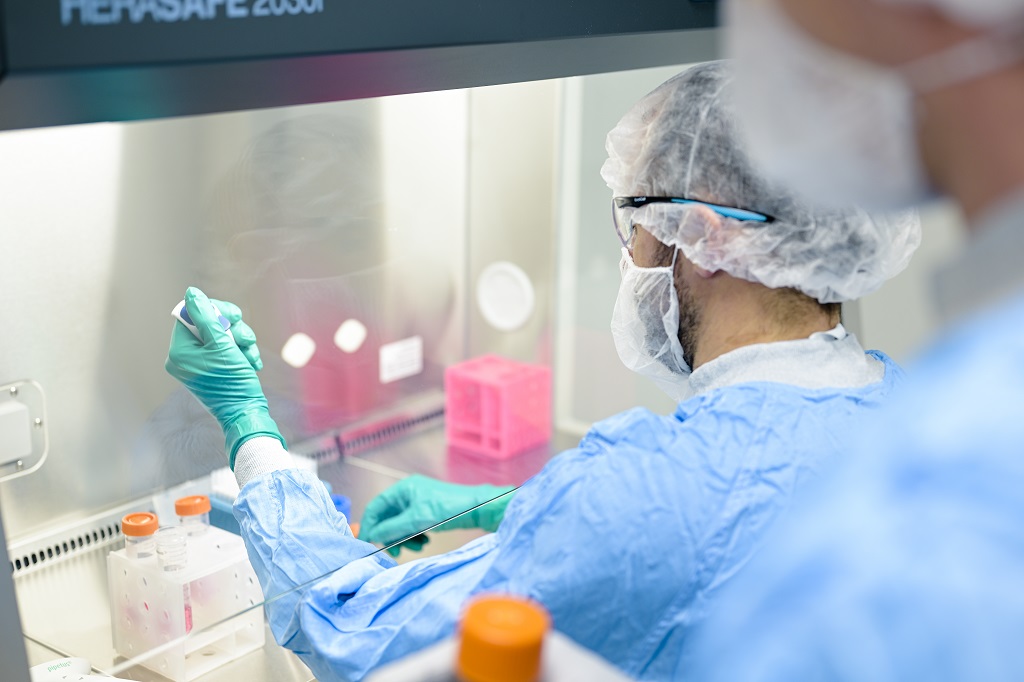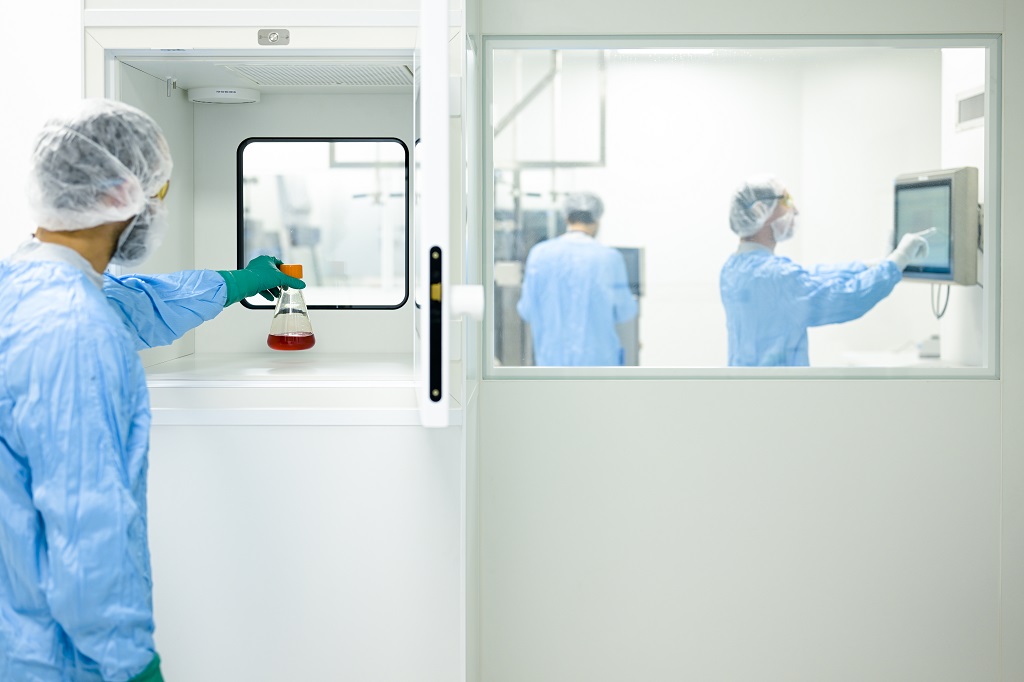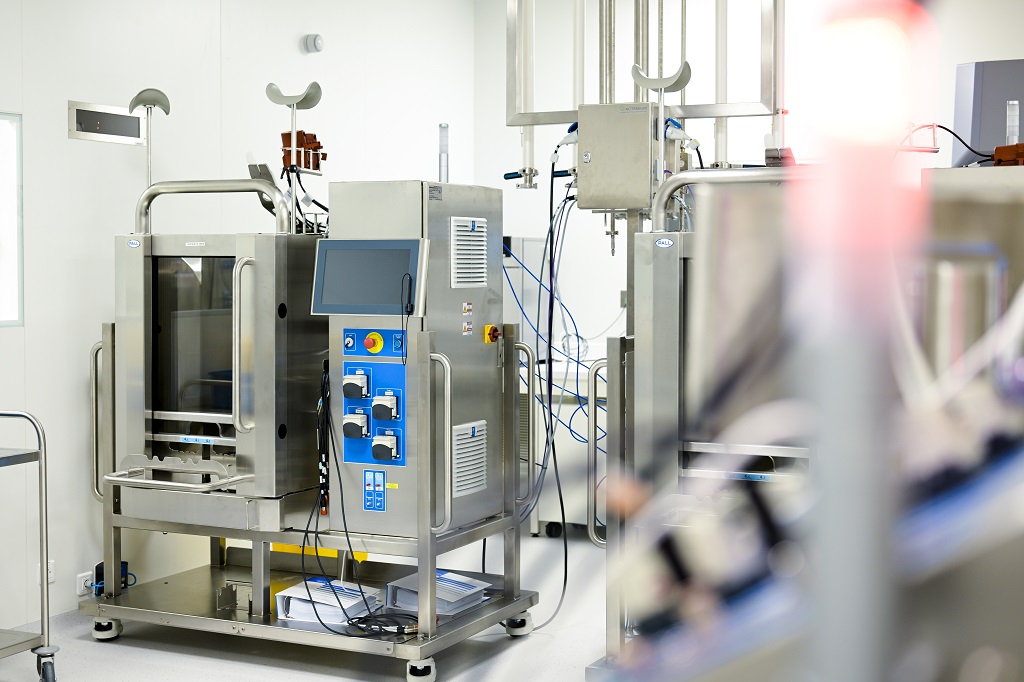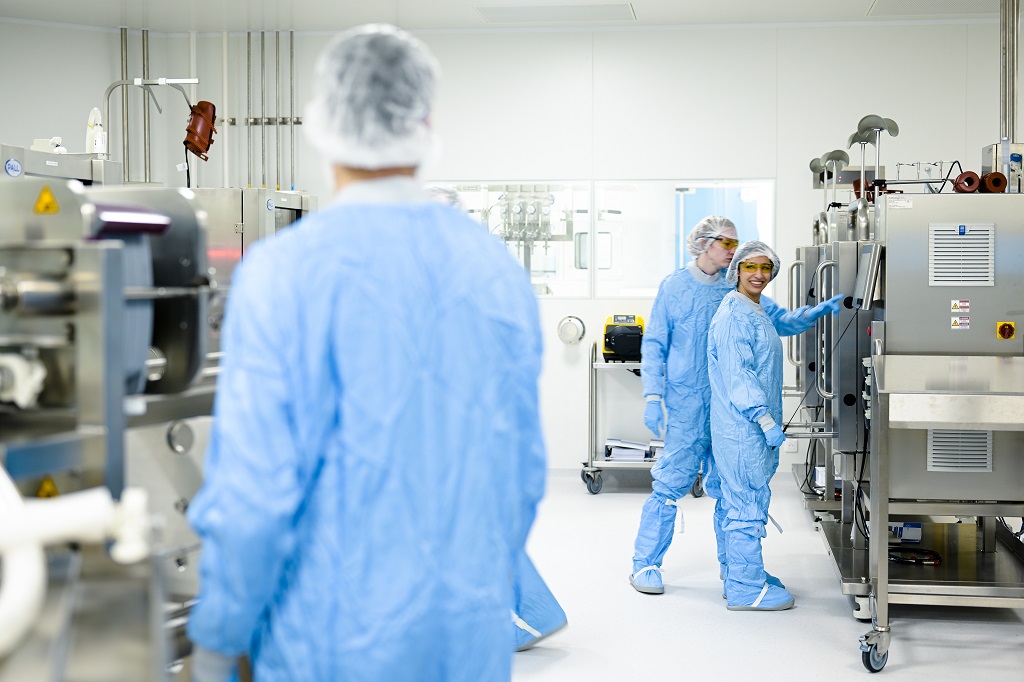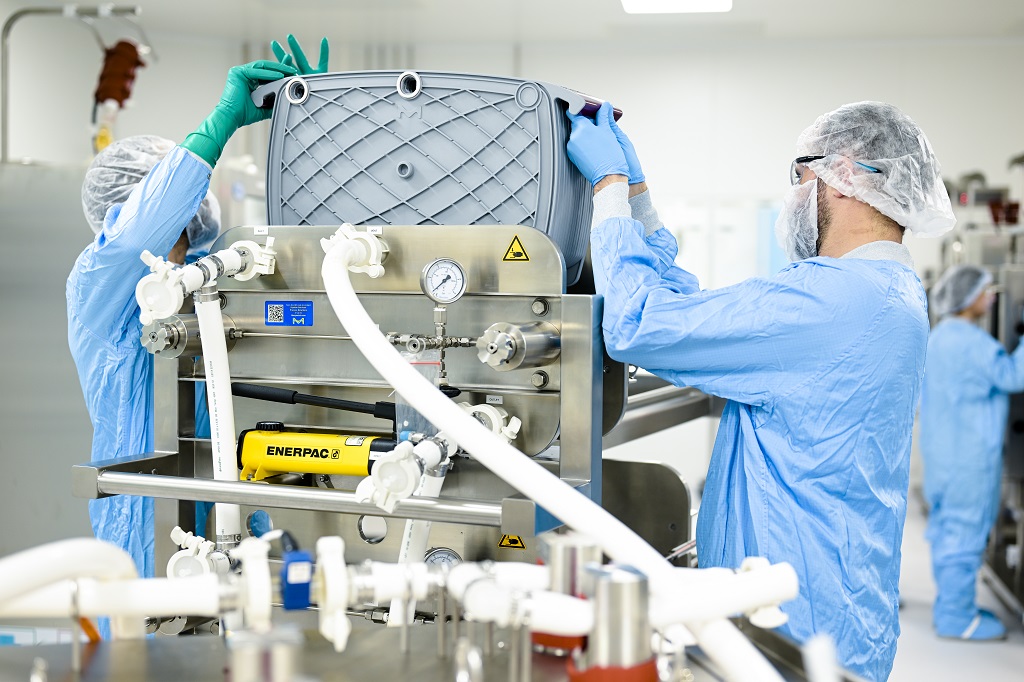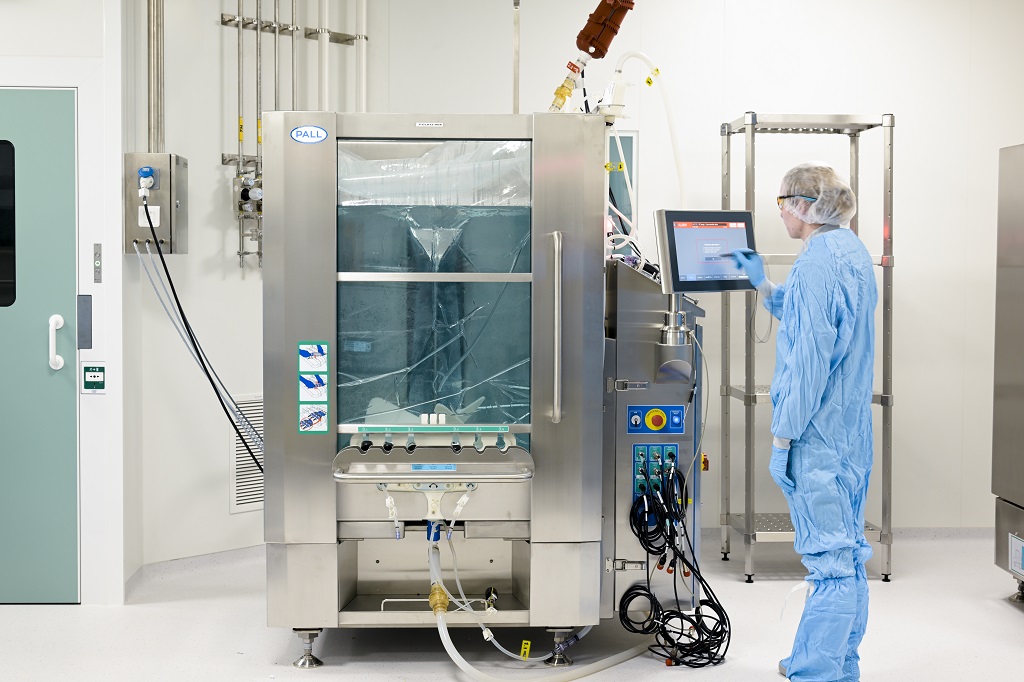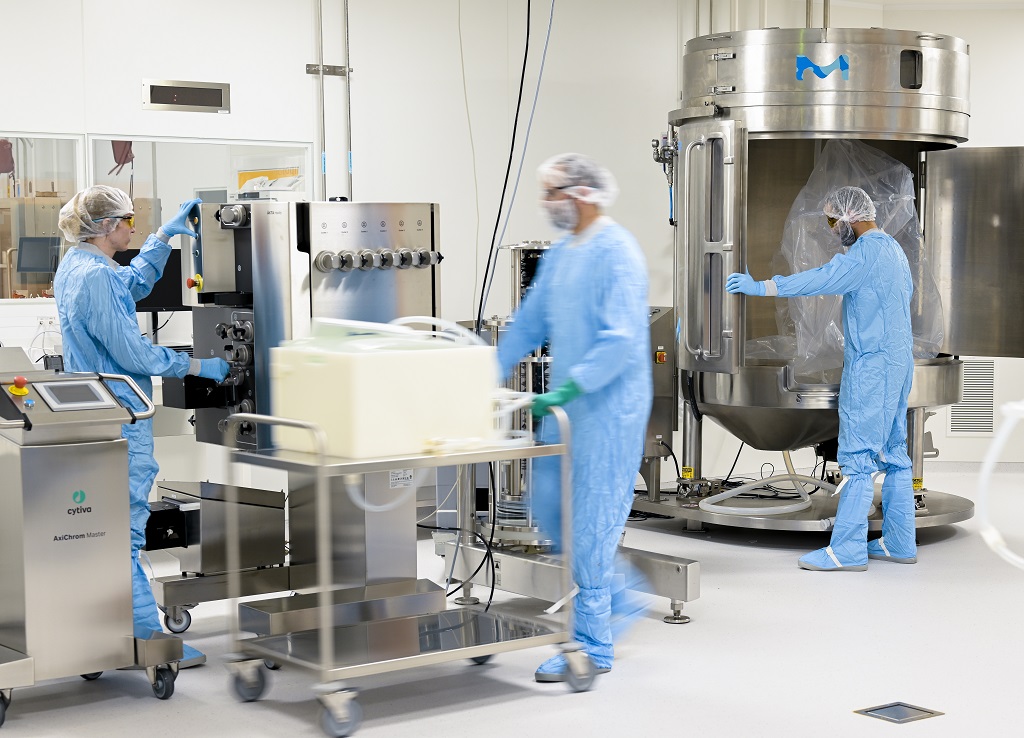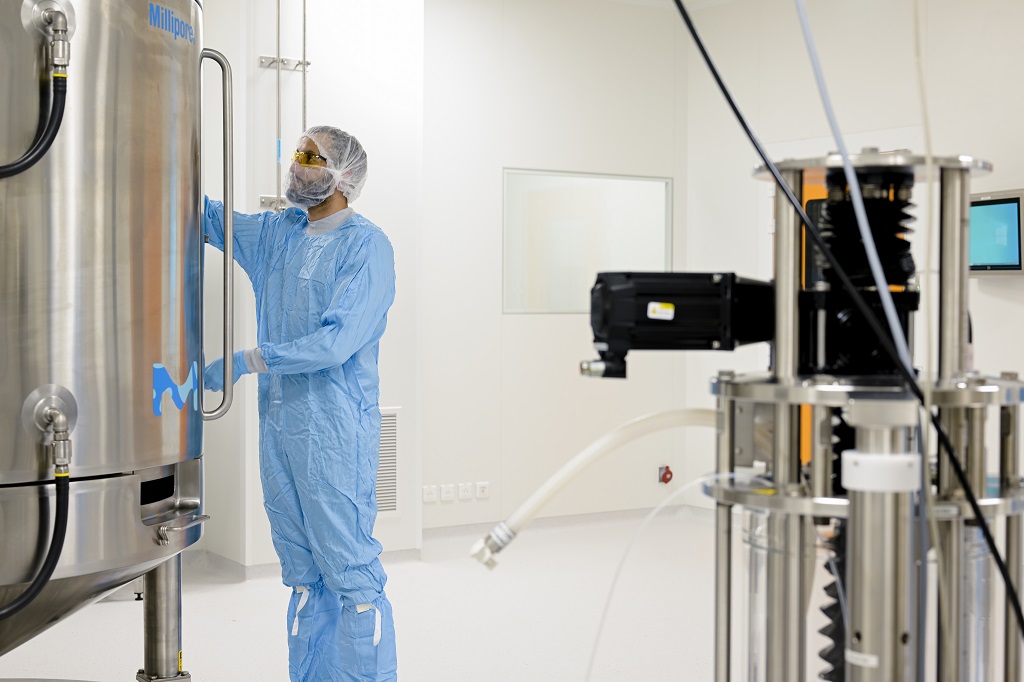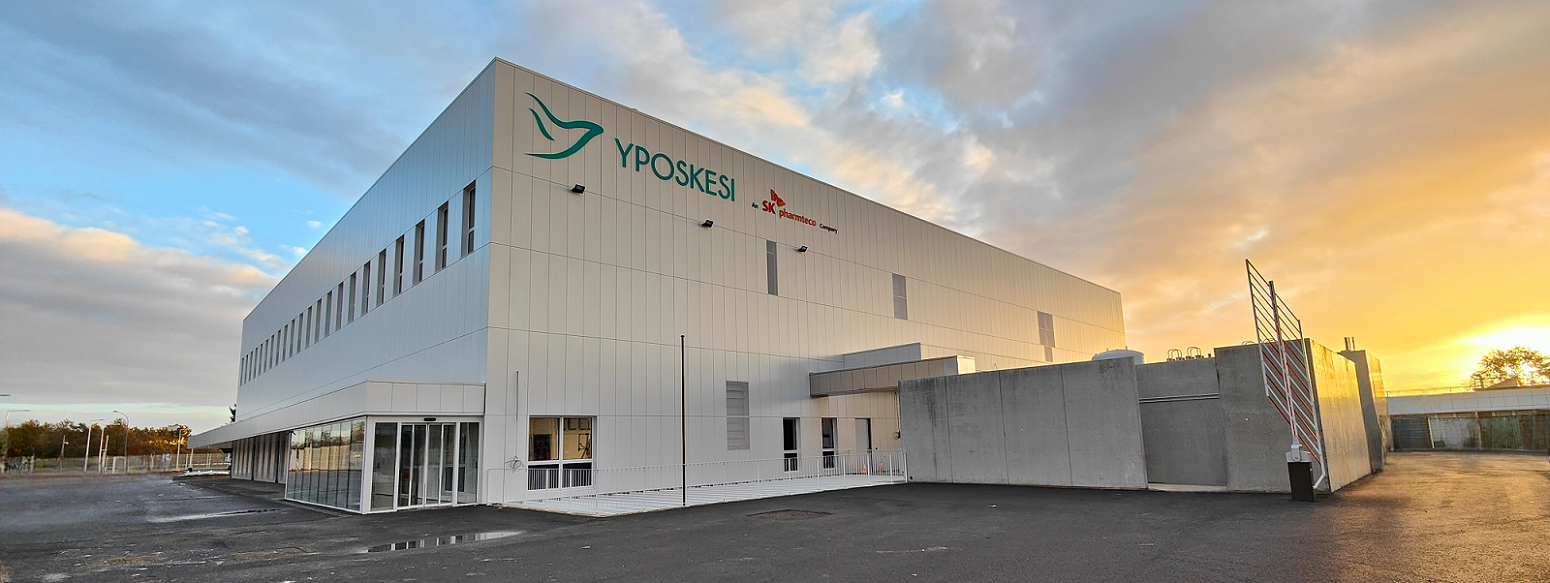
Yposkesi's new 5,000 m2 biomanufacturing site
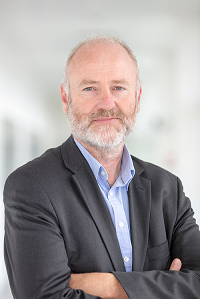
Message from Yposkesi’s CEO – Alain Lamproye
The inauguration of this new plant marks an important milestone for Yposkesi. As one of Europe’s largest sites for gene therapy production, it will enable Yposkesi to support its customers at all phases from early-stage drug development to large-scale commercial production. Our second facility is the result of a very in-depth design process that leveraged decades of bioprocessing know-how and expertise. All of that experience stands before you today in this ultra-modern production unit. This is good news for France, in contributing to a stronger bioproduction sector within the country; it is good news for Europe, in increasing the availability of manufacturing capacities, and above all, it is good news for patients living with severe illnesses and rare disorders that are difficult to prevent or cure.
Mindful of the importance of sustainable development, Yposkesi has integrated low-consumption technologies in order to reduce its carbon footprint in this unit which will be fully operational in 2024.
Video presentation
In this short video, Alain Lamproye is presenting the new biomanufacturing site more in details:

Key facts about the building
- The construction that started two years ago, is now complete. The building and equipment are in the process of qualification, and will be fully operational in 2024.
- Doubles production capacity from 5,000 m2 (50,000 sq ft) to 10,000 m2 (100,000 sq ft).
- Two viral vector production lines, mirror each other: six USP (Upstream Process) clean rooms and 2 DSP (Downstream Process) clean rooms.
- Up to 40 batches per year (20 batches per line). Total of 75 batches per year with the two manufacturing sites.
- Triples bioreactor capacity: from 2,000 L to 7,000 L.
- Compliant with both European and American current GMP guidelines.
- Our fill and finish capacities, with semi-automated suites for a total of 12,000 vials per year remain at Yposkesi’s first facility.
- Creation of around 90 jobs.
Objectives of new twin facility
This multi-product facility’s added capacity enables Yposkesi to manufacture products in parallel, and to stagger batch starts to optimize its use. The twin facility reinforces Yposkesi’s business continuity plan with back-up production and quality control capabilities to safeguard delivery guarantees for clients.
Better access to viral vector manufacturing to accelerate time to market for cell and gene therapies, and hence better patient outcomes, underpins this €60M ($65.3M) investment.
About Yposkesi
Yposkesi, an SK pharmteco company, is one of Europe’s largest CDMOs for viral vector manufacturing in Cell and Gene Therapies (C>). Its 100,000ft2 (10,000m2) site now includes a second state-of-the-art industrial facility, doubling its manufacturing capacity to meet the growing demand to scale-up lentiviral vectors & AAV (Adeno-Associated Virus) production. Yposkesi’s 30+ years’ expertise in viral vectors enables it to partner successfully with both biotechs and big pharma in producing quality preclinical to commercial batch drug therapy products within a full-service environment. Operating in facilities designed for EMA and FDA compliance, Yposkesi’s multiple independent cGMP manufacturing suites for adherent and suspension production processes, providing bulk drug substances (up to 1,000L), allow it to run C> projects concurrently. This creates more availability to assist customers in accelerating the time-to-market of vital therapies. The company sustainably invests in bioprocessing innovation in order to deliver high quality gene-modified cell therapies and in vivo gene therapy projects.
Yposkesi employs around 200 people and is headquartered at the Genopole Campus at Evry-Courcouronnes (South of Paris), France.
What is Cell and Gene Therapy
Cell therapy is a type of medical treatment that involves the use of living cells to repair, replace or regenerate damaged or diseased tissue. The cells used in cell therapy can be derived from a variety of sources, including the patient’s own body, a donor, or a laboratory culture. Cell therapy can be used to treat a range of conditions, such as cancer, heart disease, and autoimmune disorders.
Gene therapy, on the other hand, is a type of medical treatment that involves the introduction of genetic material into a patient’s cells to treat or prevent disease. This genetic material can be used to replace or modify a patient’s defective or missing genes. Gene therapy has the potential to treat a range of genetic disorders, such as cystic fibrosis, hemophilia, and sickle cell disease.



